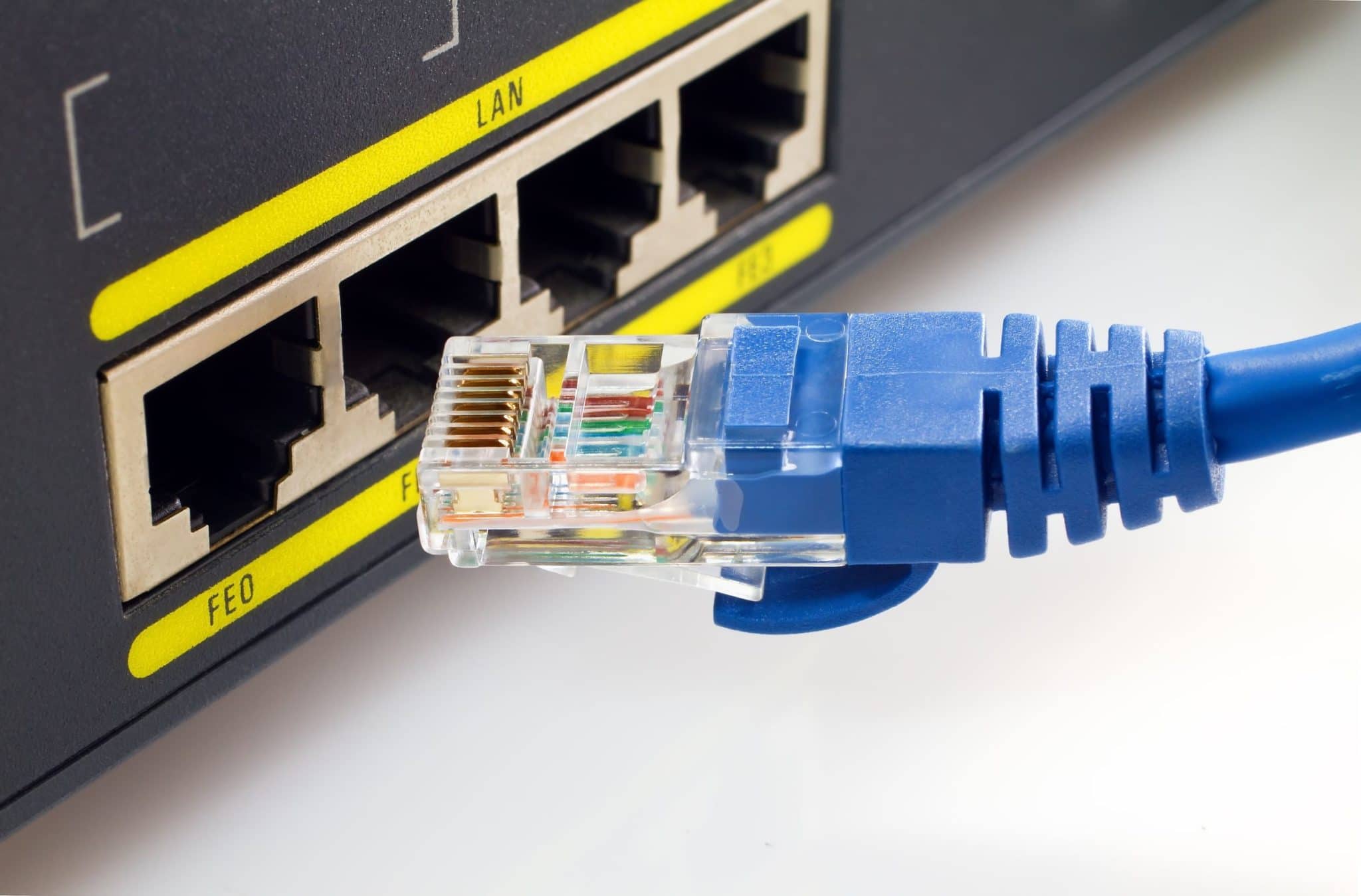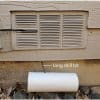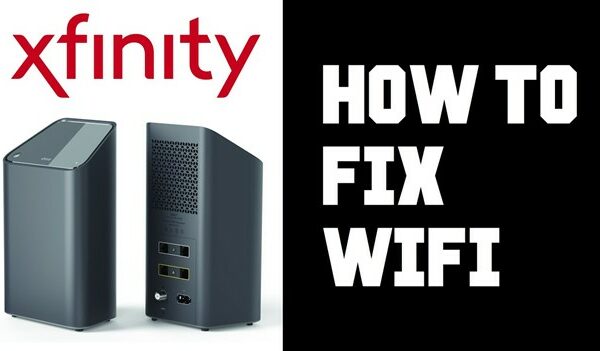When choosing how you connect your computer to others, you actually have many options beyond the standard DSL and Wi-Fi combo. For example, there is also ethernet and wireless internet, which we’ll be discussing and comparing in this post.
Ethernet vs. Internet
- Ethernet is a type of local area network (LAN) that is connected through cable wire (or ethernet cables) to the computer. These cables are then hardwired to the internet. If used with an internet router, ethernet can also have a wireless connection and make it possible for data transfer and communication between users especially students who want to study via the internet or devices to occur.
You don’t hear it as much, but many businesses and residential households still use Ethernet exclusively between devices AND to connect these devices to the online world.
Ethernet comes in various types, including:
-
- Fast Ethernet: Can provide up to 100 Mbps internet speed, but requires twisted pair or Cat5 cable to work.
- Gigabit Ethernet: Can provide up to 1 Gbps (that’s 1,000 Mbps) internet speed. This is the standard type used today for video streaming, large data transfer and other advanced online tasks.
- 10-gigabit Ethernet: Can provide up to 10 Gbps internet speed, but requires Cat7 twisted pair, Cat6a or fiber-optic cables. If you wish to future-proof your connection, get this type of ethernet.
- The Internet is a massive global network that connects computers all over the world, allowing you to communicate or transfer data to anyone regardless of where they are physically located.
- Cable internet, which uses the line from your cable TV to connect online, is just one of the many ways a computer could receive internet access.
- Dial-up and DSL: Both use your phone line to connect to the internet. The main difference is that DSL has higher internet speeds, in “on” 24/7 and doesn’t block the phone line when in use.
- Satellite: Connects to a satellite dish on the roof, this kind of internet is often used in remote areas or when no ISP provider is nearby..
- Fiber-optics: Like DSL, cable and satellite, fiber optic internet is a type of broadband internet. It offers the highest internet speeds and is considered the golden standard today.
- Mobile broadband: Uses cellular network to connect online. It can be slow, but ideal as a backup connection.
Pros and Cons of Ethernet
Ethernet uses the same connection you get from your ISP of choice, so if you subscribed to a cable plan, DSL plan, fiber plan or a satellite plan, you’ll be connected to the actual plan you paid for.
The difference lies in how the connection passes through your devices. Here are the pros and cons of using ethernet:
PROS
- Ethernet is more secure and stable compared to Wi-Fi/wireless connection because it uses a cable to transfer data and no one could intercept the data.
- Ethernet does not rely on radio waves (as Wi-Fi does). Because of its wired connection, ethernet is significantly much faster than wireless or wi-fi.
- Ethernet could still accommodate intensive online activities like video conferences and streaming content. You can also run smart home gadgets that will add value to your home.
- Ethernet gives you control over who to give access to the network. Meaning, your files, data and devices remain safe because everyone has to connect to the LAN first.
CONS
- Ethernet is usually less accessible (or harder to set up) because you need to add every user that you want to share the network with.
- Ethernet tends to be more expensive because wiring/cabling cost extra, especially if you hire professionals to help with set-up.
- Unlike wi-fi routers that can be moved from one spot to the next, ethernet requires a bit of planning because of the cables that would have to be moved should you decide to transport the modem somewhere else.
- Ethernet feels outdated, especially if you’re building a smart home or office that relies heavily on wi-fi.
Note that the ethernet serves a local area network. This means it could connect a couple of computers within a particular area (usually up to 10 kilometers), so an office, school, or other similar setting could benefit from ethernet.
Of course, if your goal is to be connected to the rest of the world, ethernet wouldn’t do much good. You’d have to set up your modem and router to go wireless instead.
Ethernet vs. Wireless Internet: Which do you choose?
If you prefer ethernet, you’ll still need to purchase a plan from your chosen ISP to be connected to the web. Simply setting up your router and modem does not give you access to the internet. You still have control whether to choose from satellite, cellular, fiber optic, DSL or cable.
If you are interested in cable internet, DSL, satellite, fiber optic, and other broadband connections, your option would come down to availability. If you’re lucky and you live in an area where all these internet options are offered left and right, then choose based on your requirements and budget.









One Comment